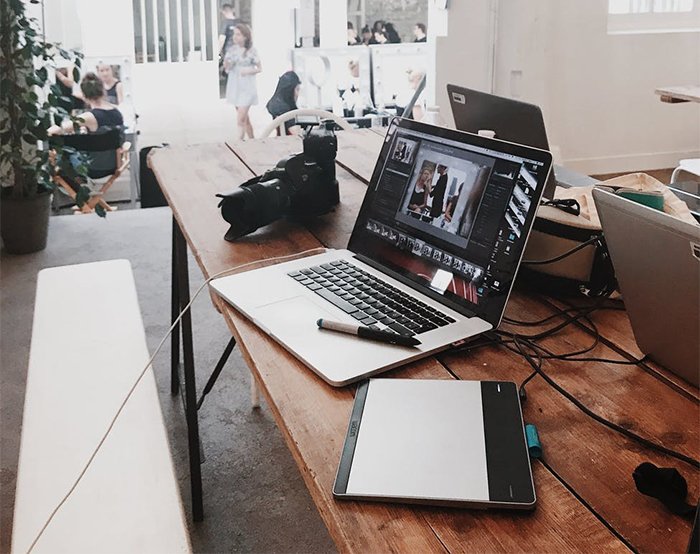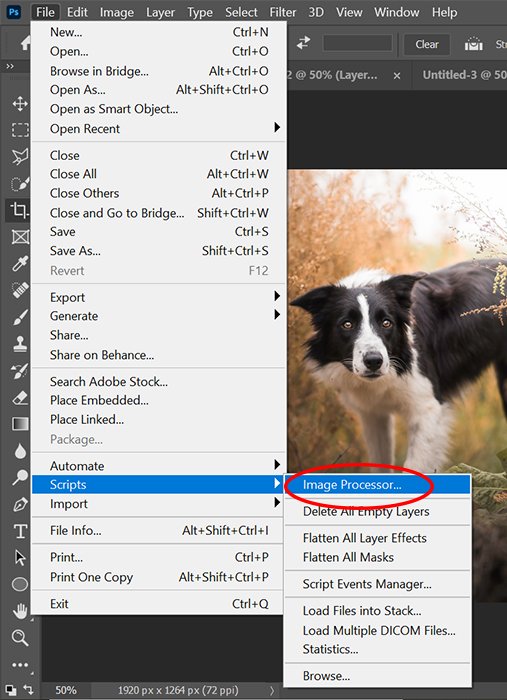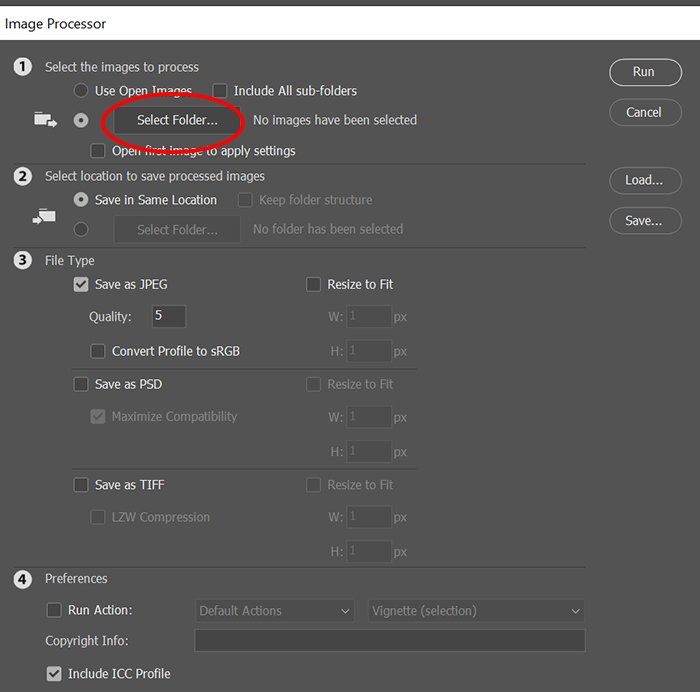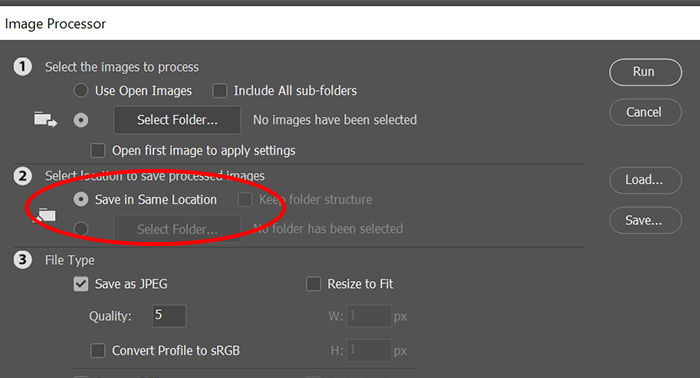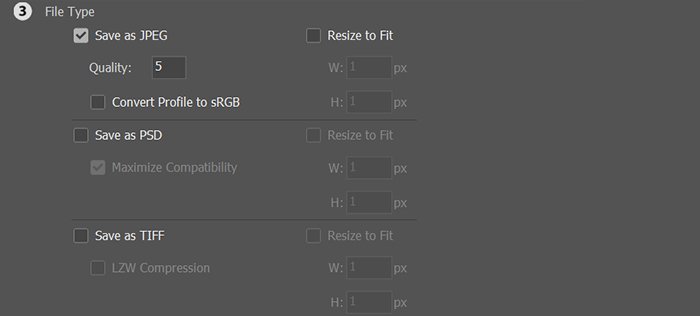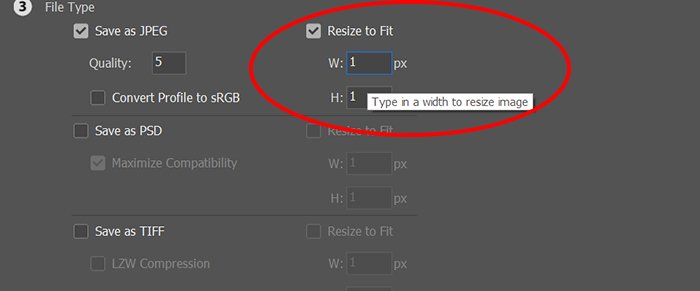After you run the Batch Resize tool in Photoshop, you can walk away from the computer and return to files with the correct dimensions.
How to Batch Resize Images in Photoshop
Batch editing is the technical term that describes working with a large group of photos. The process includes anything from color correction to cropping. But you can use it to do image resizing in Photoshop as well. The Image Processor is the most efficient tool for batch resizing photos. Apart from the ability to work with photos that have different orientations, it also doesn’t require creating an “action” first.
1. Prepare Your Files
The batch of images you want to resize should all be in the same folder. Create a second folder for the resized images if you haven’t already. On a Mac, go to File > New > Folder or Shift + Command + N while inside Finder to create a new folder. In Windows, use the Ctrl + Shift + N keyboard shortcut while inside another folder location.
2. Start the Image Processor
In Photoshop, select File > Scripts > Image Processor from the top menu.
3. Select the Folder
In the first section of Image Processor, use the Select Folder button to choose the folder where you’ve saved all your images for resizing. If the images are already open, check the option “Use Open Images.” For images in multiple folders, check the option to “Include All sub-folders.”
4. Apply Changes for RAW Files (Optional)
If you are resizing RAW files, you might want to edit a single image first and apply those changes to all the others. Check the box “Open first image to apply settings.” With this selected, the program will open Adobe Camera RAW. Any adjustments you make will be applied to each image. A quick note. This process works best on images taken under the same lighting conditions and settings.
5. Choose Where to Save the New Files
In the second section, choose the folder to save the newly resized images. But be careful. The “Save in same location” option can overwrite the original files if you don’t change the file type.
6. Pick a File Type
In the third section, choose the file type to save the images. JPEG is the most common. Within that section, check the box that says “Resize to Fit.” You can choose just one file type. Or you can select two or three to have the resized images as JPEG, PSD, and TIFF files.
7. Set the Size Parameters
In both the width and the height box of the file type you selected, type in the new size of the image in pixels. You must use both the width and height boxes. But don’t worry because the program will keep the original aspect ratio. The app will resize both horizontal and vertical images by putting a pixel value in both the width and height. It uses whatever you put in the box as the longest side.
If you want to resize all the images to 1600 pixels, put 1600 in both the width and height boxes. The longest side of each image will then be 1600 pixels. The shorter side will be whatever is necessary for the image to retain the original aspect ratio.
10. Run the Batch Edit
When you’re ready for image resizing in Photoshop, click Run. The program will run the process for you, including opening and closing each file. If you have a large number of images in Photoshop, this will take some time. Feel free to walk away from the computer and come back later to check on the progress. Did you select the wrong settings, but the program is already chugging through those resizes? You can force quit to stop the process. Then, you can go back and start over with the appropriate settings. (If you want to learn more about post-processing your images, check out our course Effortless Editing with Lightroom next!)
Conclusion
It’s easy to batch resize images in Photoshop. It makes quick work of processing large quantities of images. So take advantage of this feature, especially when building an online portfolio or sharing dozens of pictures. Remember that you can also use the image processor to convert images from one file type to another. It switches RAW photos to JPEG with no issues at all!
